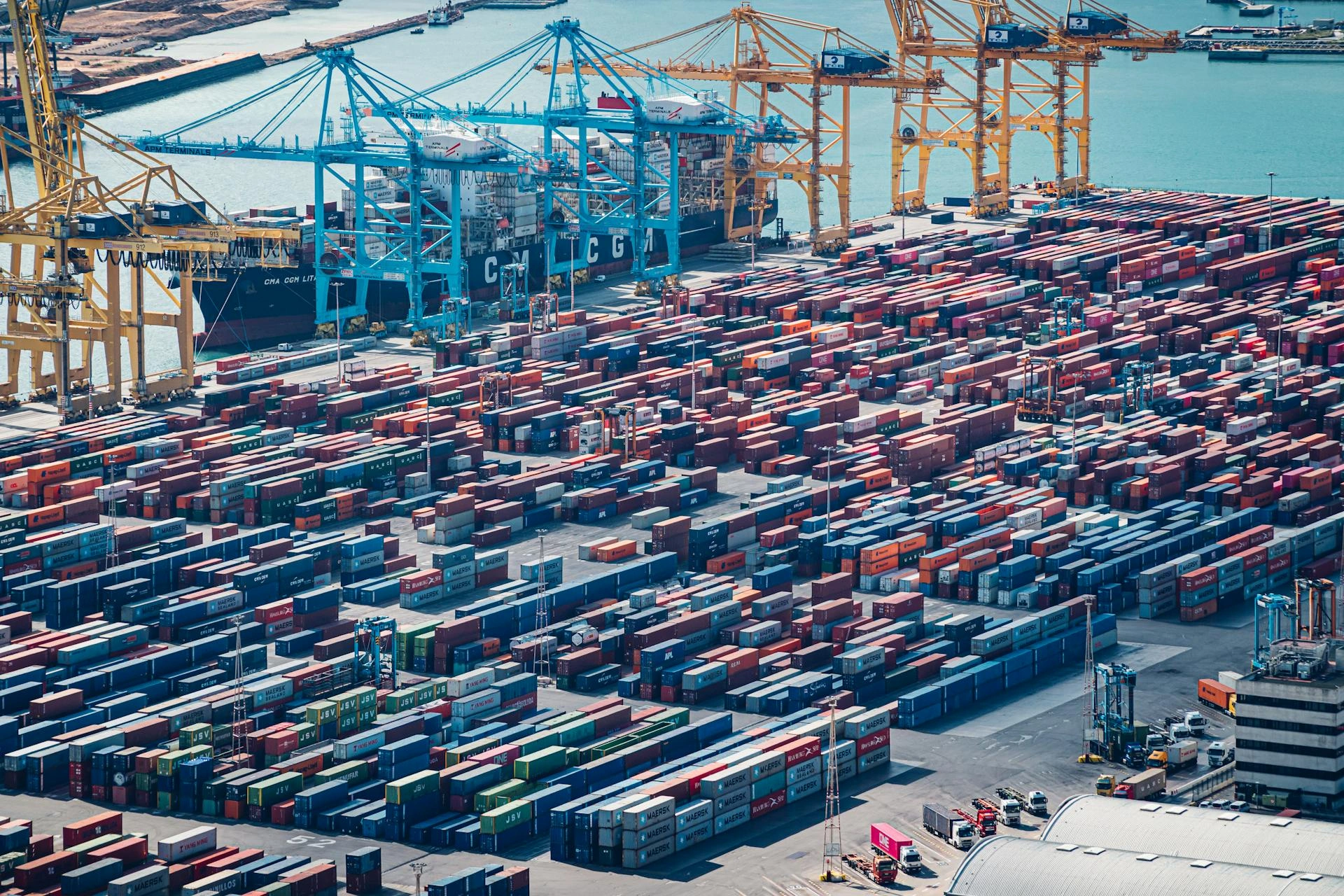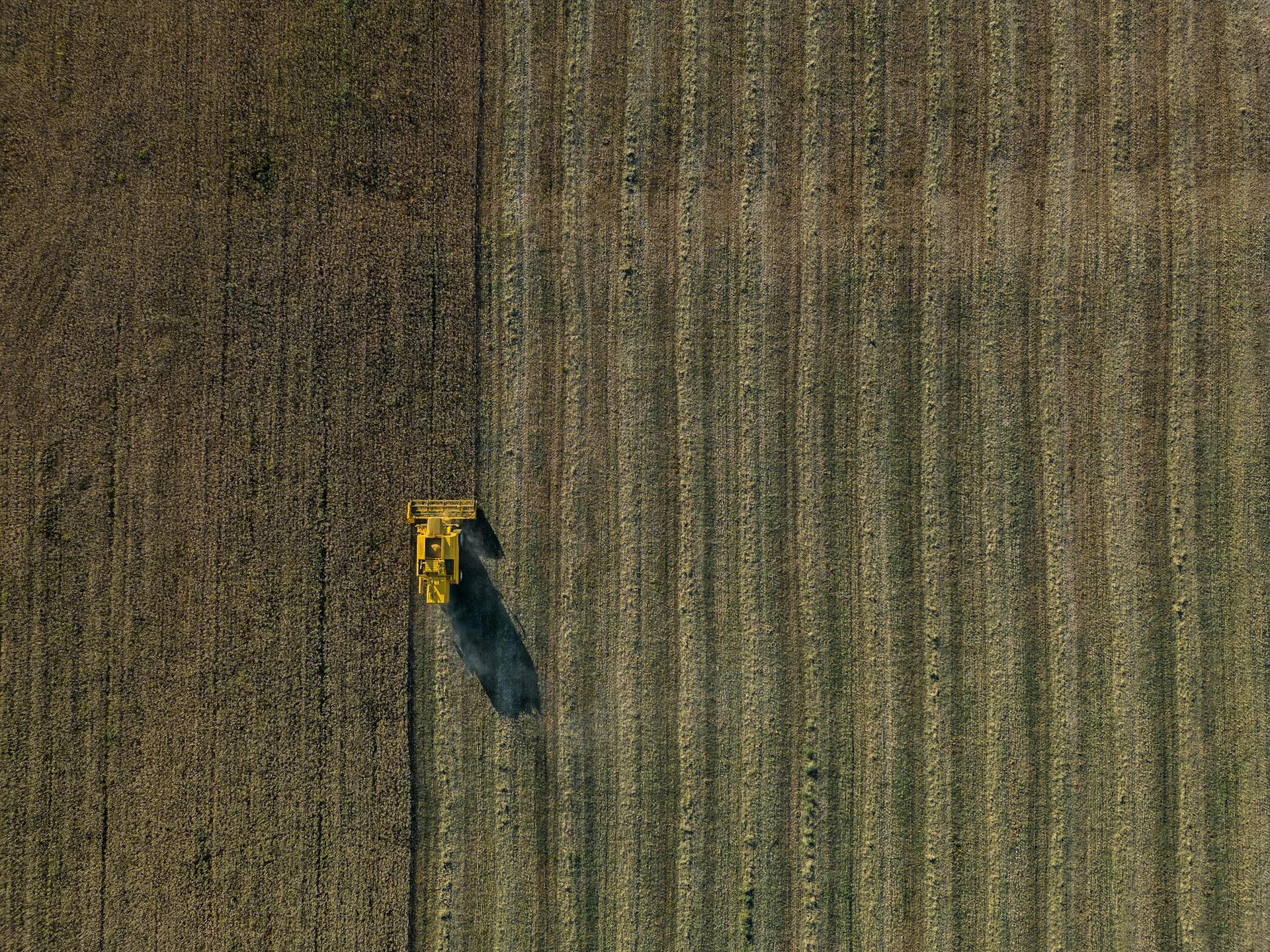Global crises reshape household food habits, major review finds

John E. Kaye
- Published
- News

A cross-country analysis by Corvinus University of Budapest shows that pandemics, financial downturns, geopolitical conflicts and food-price shocks trigger distinct shifts in consumer behaviour — from stockpiling and trading down to reliance on local substitutes and online purchasing
Pandemics, geopolitical upheaval and financial downturns leave markedly different signatures on household diets, with families changing what they buy, how much they spend and where they source their food depending on the crisis at hand, new research shows.
The analysis, conducted by Corvinus University of Budapest, draws on 112 studies from nearly 70 countries to map how four categories of economic shock — disease-related, financial, geopolitical and food-price shocks — alter consumer behaviour. Although familiar patterns recur, including stockpiling, trading down to cheaper goods and turning to local or online suppliers, the pace and character of these adjustments differ sharply between crises.
Disease outbreaks provoke the fastest response. At the outset of events such as COVID-19, households react instinctively: cupboards are filled, items with long shelf-lives are prioritised and demand spikes well beyond normal levels. As uncertainty settles into routine, behaviour becomes more measured. Online grocery shopping accelerates, and households adopt more careful use of food they already have.
Financial shocks take longer to filter into consumption but tend to reshape it more durably. During recessions, families adapt to tighter budgets by switching to inexpensive brands, reducing discretionary food purchases and accepting lower product quality. These changes persist as incomes recover, the researchers found.
Geopolitical conflict exerts its influence through inflation and supply chain strain. The Russia–Ukraine war, cited in the study, distorted the availability and price of key commodities, pushing consumers towards domestic substitutes when imported goods became harder to obtain or prohibitively costly.
Food-price shocks — driven by global market pressures, domestic policy shifts and supply chain disruption — inflict the heaviest burden on low-income households. Families confronted with rising prices cut purchases, trade down to the cheapest available options or increase their reliance on home production. The authors argue that these dynamics intensify poverty and welfare losses, underscoring the need for policies that can withstand sharp swings in price and supply.
In the report, Zalán Márk Maró, lead researcher and Assistant Professor at Corvinus University, said: “Targeted support – such as food aid, cash transfers, or free school meals – can help protect vulnerable groups in the short term. In the long term, investments in domestic agriculture, support for local producers, and diversifying supply chains are more effective, as these steps improve the resilience of the food system.”
The study contends that governments must tailor their interventions to the type of shock they face, combining immediate relief measures with structural reforms that strengthen domestic production and broaden supply routes.
The findings were published in Trends in Food Science & Technology.
READ MORE: ‘In defence of a consumer-led economy‘. Long-term prosperity lies in open markets, technological progress and global competition, not in the preservation of declining jobs, writes Harry Margulies. Governments should channel resources into retraining and adaptation rather than protectionism.
Do you have news to share or expertise to contribute? The European welcomes insights from business leaders and sector specialists. Get in touch with our editorial team to find out more.
Main image: James Heming/Pexels
Sign up to The European Newsletter
RECENT ARTICLES
-
 Mycelium breakthrough shows there’s mush-room to grow in greener manufacturing
Mycelium breakthrough shows there’s mush-room to grow in greener manufacturing -
 Marriott strengthens South African portfolio with new Autograph Collection hotel in Cape Town
Marriott strengthens South African portfolio with new Autograph Collection hotel in Cape Town -
 Oxford to host new annual youth climate summit on UN World Environment Day
Oxford to host new annual youth climate summit on UN World Environment Day -
 Countdown to Davos 2026 as Switzerland gears up for the most heated talks in years
Countdown to Davos 2026 as Switzerland gears up for the most heated talks in years -
 Paribu buys CoinMENA in USD 240m deal as regional crypto markets consolidate
Paribu buys CoinMENA in USD 240m deal as regional crypto markets consolidate -
 AI innovation linked to a shrinking share of income for European workers
AI innovation linked to a shrinking share of income for European workers -
 African airspace overhaul set to shorten flight times for European travellers
African airspace overhaul set to shorten flight times for European travellers -
 Exclusive: Global United Nations delegates meet in London as GEDU sets out new cross-network sustainability plan
Exclusive: Global United Nations delegates meet in London as GEDU sets out new cross-network sustainability plan -
 Fast fashion brands ‘greenwash’ shoppers with guilt-easing claims, study warns
Fast fashion brands ‘greenwash’ shoppers with guilt-easing claims, study warns -
 Europe’s shrinking middle class is turning to the radical right, new study suggests
Europe’s shrinking middle class is turning to the radical right, new study suggests -
 Private sector set to overtake government as main driver of corporate sustainability in 2026, report suggests
Private sector set to overtake government as main driver of corporate sustainability in 2026, report suggests -
 Europe emphasises AI governance as North America moves faster towards autonomy, Digitate research shows
Europe emphasises AI governance as North America moves faster towards autonomy, Digitate research shows -
 JPMorgan plans multibillion-pound tower in Canary Wharf
JPMorgan plans multibillion-pound tower in Canary Wharf -
 Strong workplace relationships linked to higher initiative among staff, study finds
Strong workplace relationships linked to higher initiative among staff, study finds -
 Brexit still hitting poorest hardest as food costs rise and mental health worsens
Brexit still hitting poorest hardest as food costs rise and mental health worsens -
 Global crises reshape household food habits, major review finds
Global crises reshape household food habits, major review finds -
 Sir Trevor McDonald honoured at UWI London Benefit Dinner celebrating Caribbean achievement
Sir Trevor McDonald honoured at UWI London Benefit Dinner celebrating Caribbean achievement -
 Adelphi Masterfil acquires Karmelle to bolster UK machinery manufacturing
Adelphi Masterfil acquires Karmelle to bolster UK machinery manufacturing -
 Cost-of-living pressures push London staff to seek practical perks
Cost-of-living pressures push London staff to seek practical perks -
 AI and scent-science firm Arctech expands into agriculture with Rothamsted base
AI and scent-science firm Arctech expands into agriculture with Rothamsted base -
 Malta PM says future growth hinges on stronger higher-education system
Malta PM says future growth hinges on stronger higher-education system -
 Golden visa surge sets the stage for InvestPro Greece 2025
Golden visa surge sets the stage for InvestPro Greece 2025 -
 Germany bucks Europe’s high-growth surge as continent sees strongest expansion in five years
Germany bucks Europe’s high-growth surge as continent sees strongest expansion in five years -
 Women turning to entrepreneurship to fight age bias at work, study shows
Women turning to entrepreneurship to fight age bias at work, study shows -
 Lithuania launches ‘Investment Highway’ to cut major project approval times from three years to three months
Lithuania launches ‘Investment Highway’ to cut major project approval times from three years to three months


























